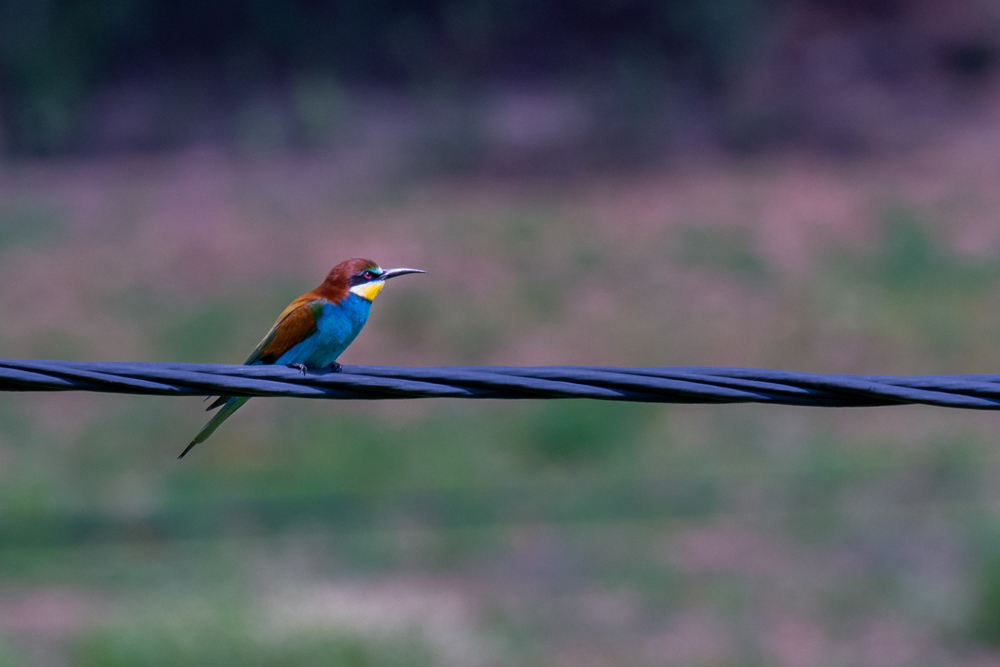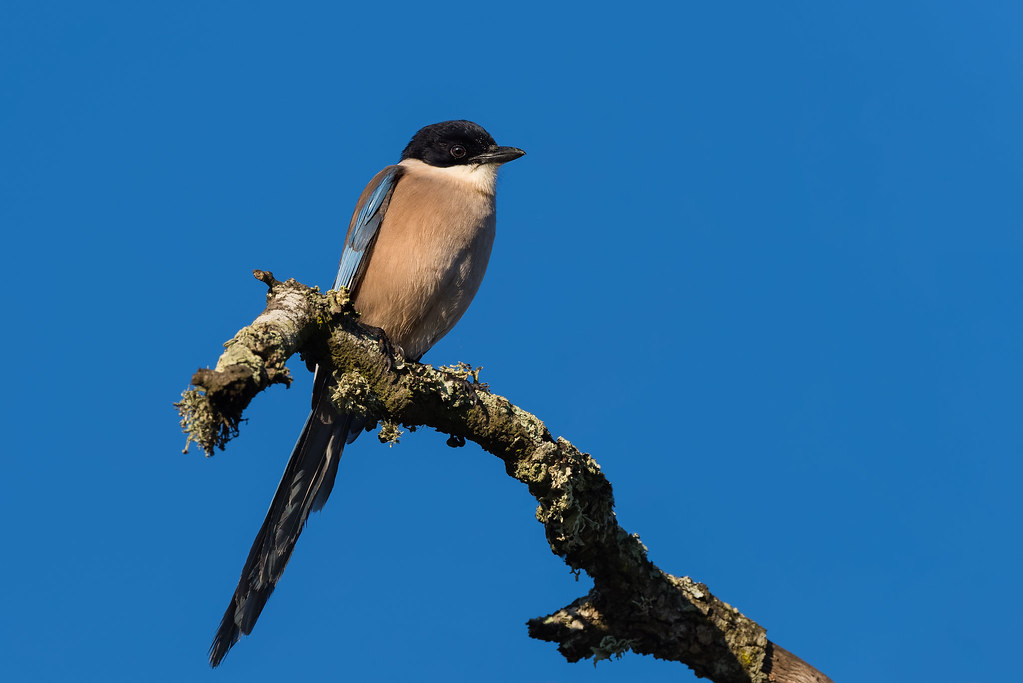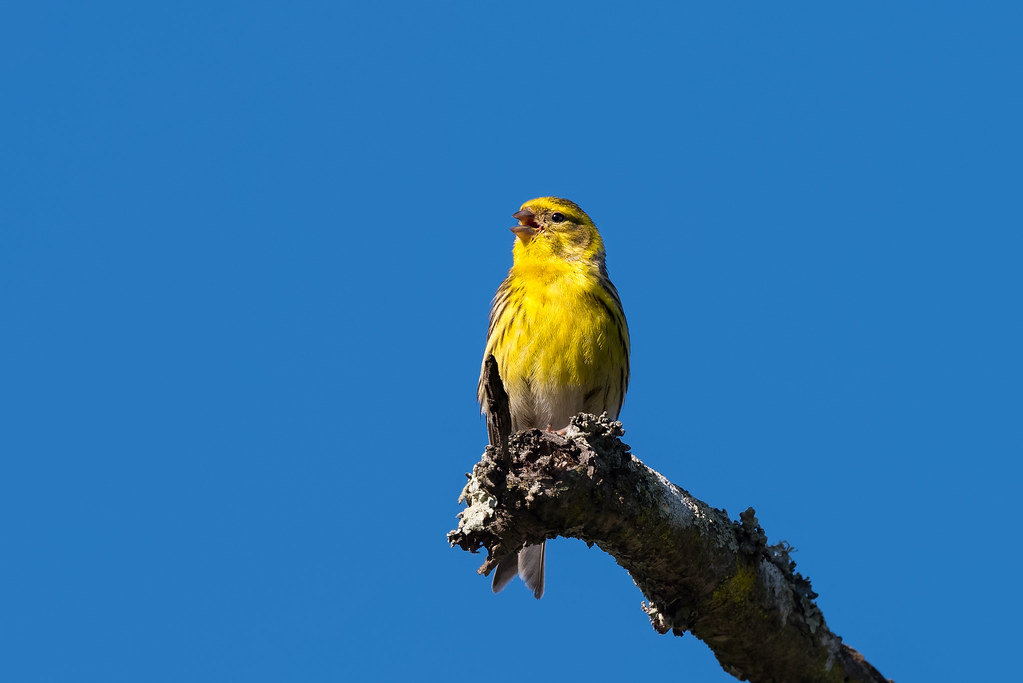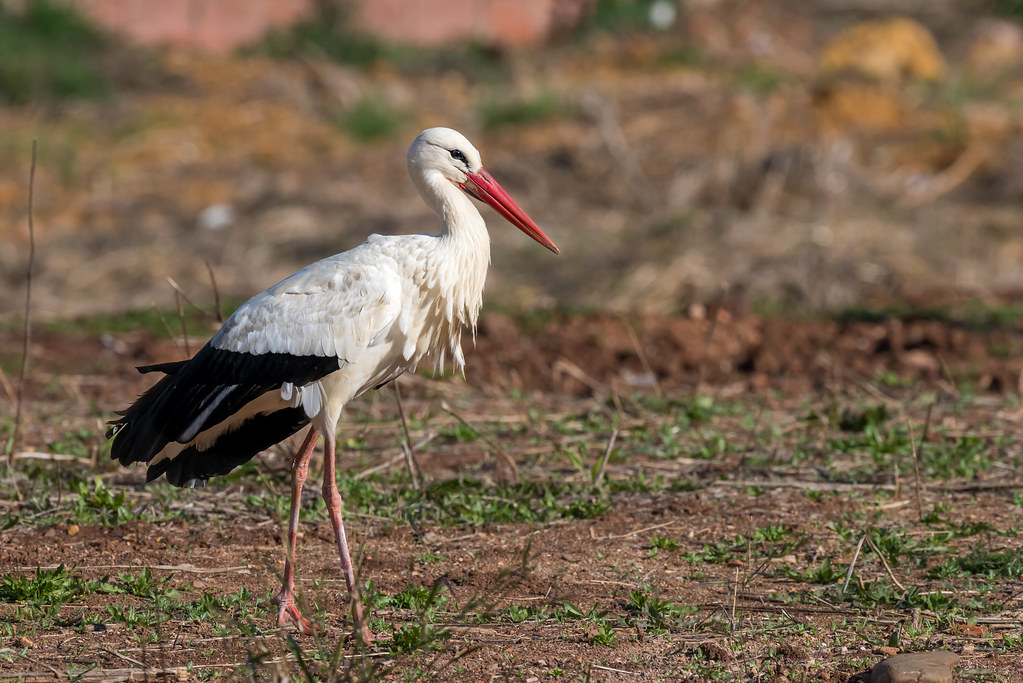The camera got left behind on this morning’s Wally Walk as the rain has yet again returned.
I was just approaching the river and Wally looked up and I actually said to him “Nice weather for ducks!”, just 10 seconds later I arrive at the river to find……a Duck!
Just standing there in a shallow part of the river was a Muscovy Duck. This is not a native species to Portugal, it’s roots are South America. However, it is a common Duck here in Portugal as an Egg layer and perhaps meat. The fact that this particular Duck was almost completely White puts it in the “Domestic” category, although there are many Feral species in Portugal too. At some stage they would of escaped captivity.
As I didn’t have a camera, I did my best to snap a photo from a distance on my phone. It eventually flew thanks to Wally, although he was actually scared of it, but it soon turned around and came back to land in the same spot.
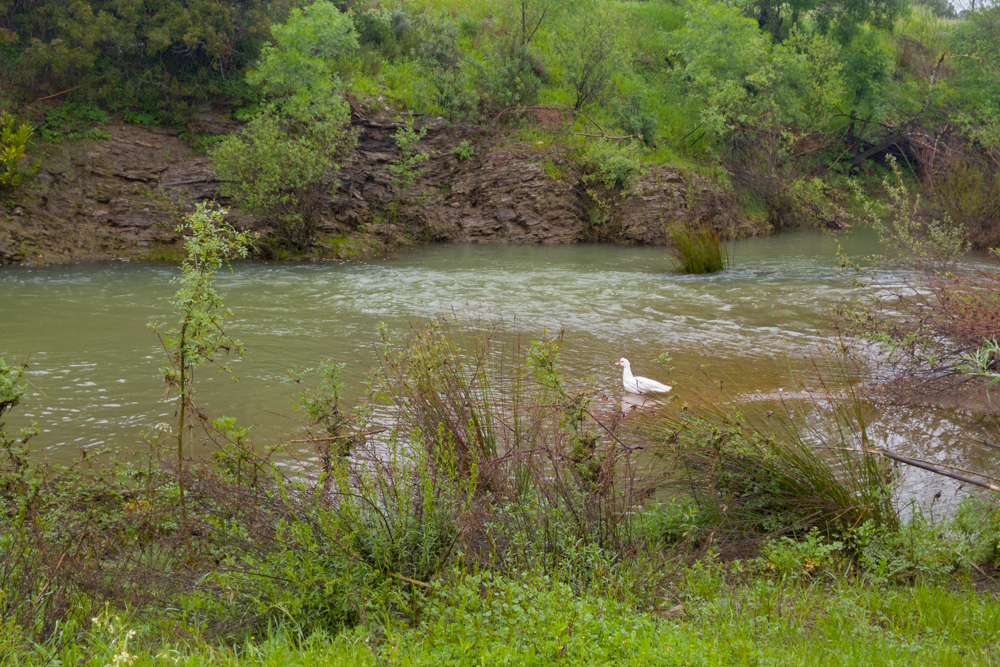
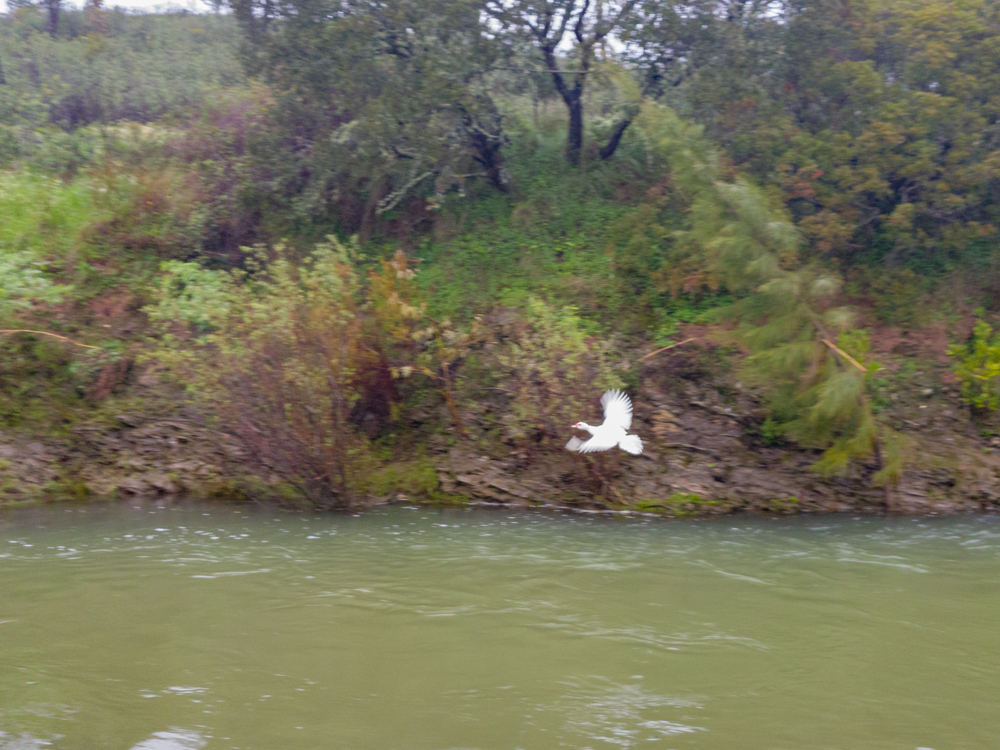
The photos don’t show what one looks like, so here is a photo from Wikipedia, as you can see, a strange-looking Duck! This photo is a Drake where as the female doesn’t grow such a substantial Caruncle (The red warty thing on their face).

